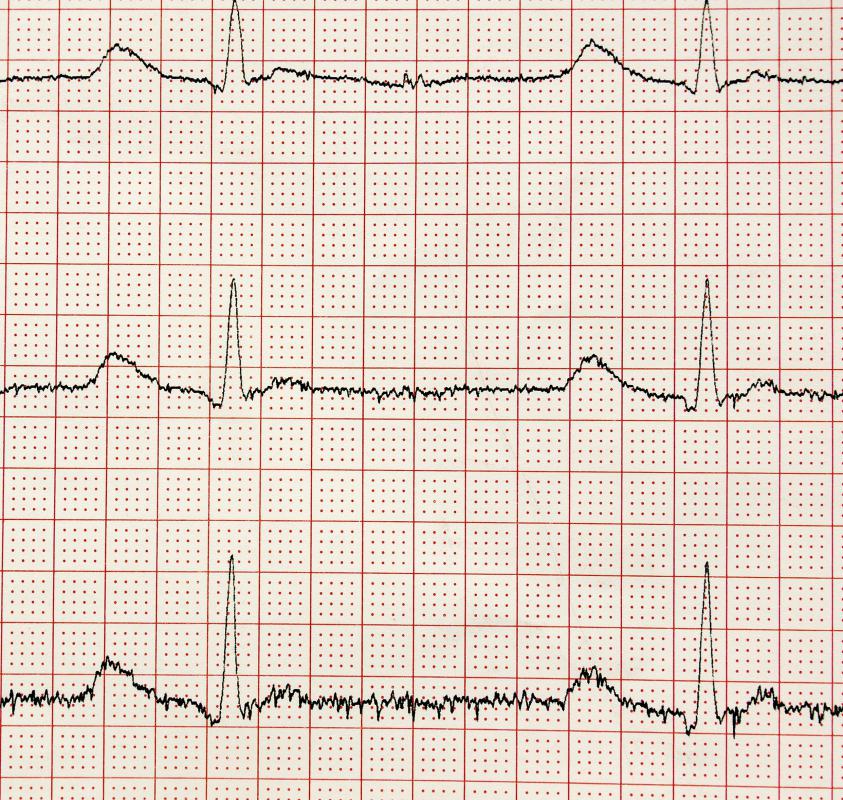At WiseGEEK, we're committed to delivering accurate, trustworthy information. Our expert-authored content is rigorously fact-checked and sourced from credible authorities. Discover how we uphold the highest standards in providing you with reliable knowledge.
What is Spongiform Encephalitis?
Spongiform encephalitis, or mad cow disease, is a type of encephalopathy that affects cattle. Humans who ingest the spinal cords or brains of infected cattle are at risk of developing a human variant of spongiform encephalitis called Creutzfeldt-Jakob disease (CJD). As of early 2011, there was no cure for this disease.
Mutated proteins called prions cause spongiform encephalitis. Prions do not behave like viruses or bacteria; they are resistant to drugs, heat and radiation. These prions deteriorate the brain by creating sponge-like holes inside the brain tissue. The disease has an extensive incubation period lasting for several years.

Researchers believe that cattle become infected with spongiform encephalitis when they consume the brains and spinal cords of other infected cattle. They have difficulty walking or standing and might appear to be off-balance. They have behavior and attitude changes and lose weight even though they continue to eat. Infected cows continue to physically and mentally deteriorate until they are either put down or die from the disease.
Humans with CJD develop similar symptoms. They have difficulty with their coordination and suffer from memory loss, withdrawal, depression and muscle spasms. Some infected patients also have difficulty sleeping.

Doctors perform a variety of tests to check human patients for CJD. They examine the blood and the liver to rule out other possible infections or diseases that might be causing the symptoms. They may also perform electroencephalogram (EEG), positron emission tomography (PET) or magnetic resonance imaging (MRI) tests to look for damage inside the brain or body. Doctors might also perform a spinal tap or a brain biopsy to look for chemicals or proteins that will aid in diagnosis.

There is no treatment for CJD; doctors do their best to make patients comfortable by giving them drugs to control the symptoms. Death typically follows eight to 60 months later. This disease is extremely rare, with only a few hundred cases or less being reported per year.
Governments have issued a number of protocols to prevent people and animals from becoming infected. Before 1997, farmers fed cows with feed mixtures containing cattle meat and bone meal that contained parts of the entire carcass, including the spinal cord and brain. This practice has been banned in some places to halt the disease's spread. People can limit their risk of becoming infected with CJD by not eating beef products in countries that have had problems with bovine spongiform encephalitis.
AS FEATURED ON:
AS FEATURED ON:
















Discuss this Article
Post your comments